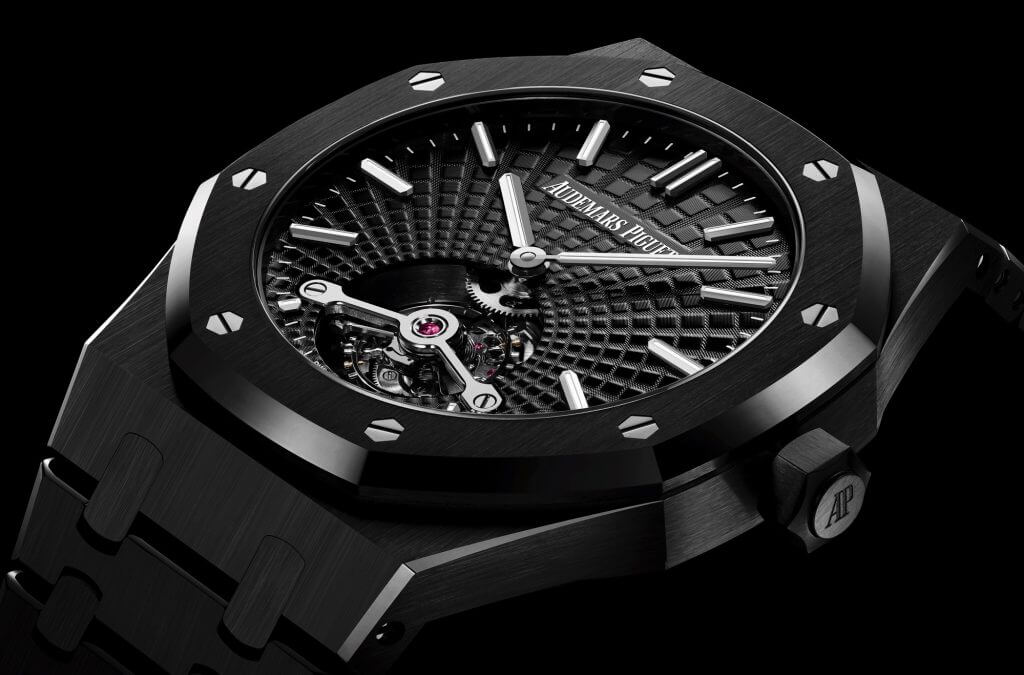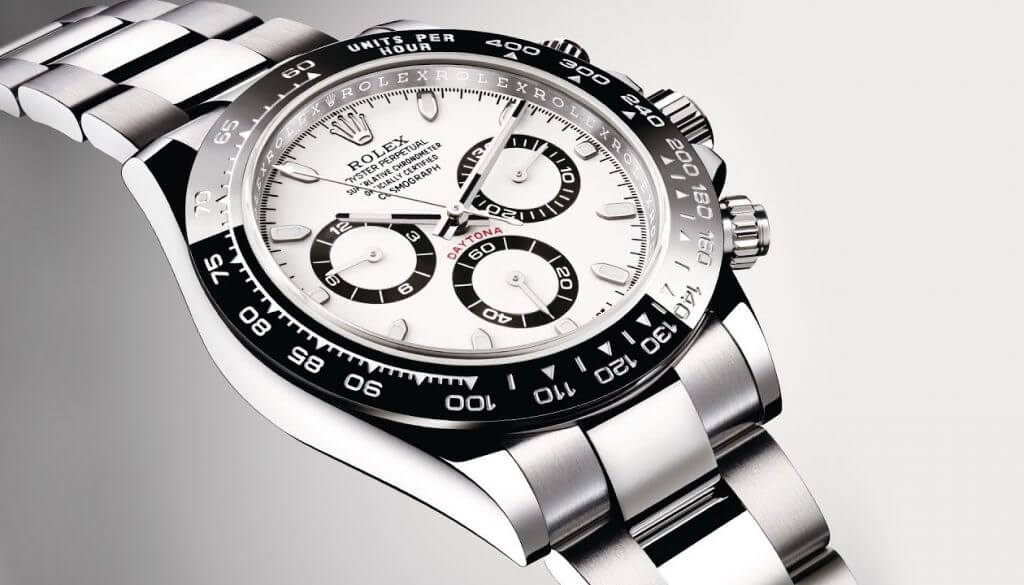What is a Ceramic Watch? Advantage and Disadvantage of Ceramic Watches
Ceramics is one of the things that watches are made of, but most people who wear watches don’t know that it’s there. Today, many high-end watch brands such as Rolex, Omega, IWC, Rado, Hublot, and TAG Heuer use ceramics. Before moving on to the advantages and disadvantages of ceramic watches, let’s take a look at what a ceramic watch is.
What is a Ceramic Watch?
Over the past century, watch companies have experimented with making watches with a wide variety of materials. Today, wristwatches can be made from almost any material, from valuable metals to carbon technology. One of these materials is ceramic. The case, band, and bezel of a watch can be produced from ceramic. Before discussing this, we must answer the question of what is ceramic.
Ceramics is a solid, non-organic, and non-metallic material. Manufacturers produce ceramics using pure materials and metal compounds. Some brands try different variations with different alloys to create variety in the material.

Another thing you need to know, which is the most misunderstood, is that the ceramics used in watches are different from those used in things like pots, plates, and crockery. It is similar to the material used in NASA’s satellites and space shuttles that are used in watches.
NASA uses ceramic fibers and coatings to protect its equipment from heat and other forces in space. For this, you can look at the watches that astronauts wear in space.
To obtain the ceramic material, chemicals such as silica are heated until they melt. After cooling, it is ground and polished as desired. It can be colored as desired during the heating and cooling process. Different chemicals can also be added to produce a powder-type coating. The ceramic obtained in this way is the ceramic used in watchmaking.
Advantages of Ceramic Clocks
Abrasion Resistant
The biggest plus of ceramic watches is their hardness when compared to steel or gold watches. This material is 3–4 times more difficult to rust than steel. It is almost scratch-proof, and even after many years, it is as solid as the day you bought it and does not show the slightest sign of wear.

In addition, the ceramic material is not affected by ultraviolet rays. That’s why some brands use ceramic in sports and diving watches. Because ceramic watches are also very resistant to chemical erosion,
Lightweight
Although it looks heavy, the ceramics obtained by the abovementioned methods are light. It is lighter than most metals. If we put it in the ranking, it can compete with aluminum. Therefore, ceramic watches are very ergonomic and do not tire your wrist.
hypoallergenic
Ceramic watches are hypoallergenic, not antiallergic. It is accepted as such by the manufacturers. Unlike steel, ceramic does not rust or corrode under any circumstances. Even people with the most sensitive skin will not experience skin irritation or an allergic reaction. If you have a nickel allergy, ceramic watches are a great solution.

A Great Option for Colorful Watches
Ceramic watches are produced in many different colors. However, it is an excellent material for colorful watches. Unlike plated watches, ceramic watches do not fade or corrode, as the colors are unique. Therefore, if you are going to choose between colored watches, the fact that the watch is made of ceramic means that you will not experience problems such as discoloration or fading over time.
Highly Resistant to Heat
Titanium and steel watches can get quite hot when exposed to heat. Ceramic watches, on the other hand, are not very likely to heat up quickly. If you work or live in a hot environment, it will be advantageous for you to have the bracelet and bezel of your watches made of ceramic.

Disadvantages of Ceramic Watches
Although ceramic watches have many advantages, they also have some disadvantages. As a result, knowing these things before purchasing a ceramic watch is beneficial.
Is Potentially Fragile
Ceramic watches are the hardest to scratch, but they are not hard to break, especially because of the way their molecules are made. If a ceramic watch falls from a slightly high place and hits a hard surface, it is likely to break.
Difficult to Produce
The processes followed in making ceramics are quite complex. It takes a long time to heat and cool and is difficult to shape and process. Once the mold is obtained, it needs polishing to smooth the ceramic surface. These are just a few of the factors that cause them to be more expensive than more easily produced watches, such as metal.
It is expensive
As we just mentioned, since ceramic is a material that is difficult to produce, it is quite logical that it is expensive compared to other products. Quality ceramic is not used by low-cost watch brands. It is generally used in limited numbers and on more expensive watches.

I hope this article, in which we discuss the pros and cons of ceramic watches, will help you decide whether or not to buy a ceramic watch.
If you want variety in your collection and are looking for a long-lasting watch, you can choose ceramic watches with peace of mind.
You can also review our website for the Best Watch Brands.









